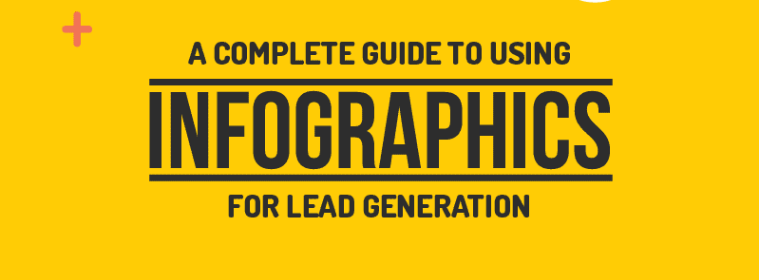I have never been a fan of demographic profiling. Sure, this information, at scale, can reveal certain things about a population – and this can be useful to understand whether there might be a connection between our age and (for example) our propensity to over-eat. Or contract disease. Or buy new cars every four years.
But populations don’t interest me. They feel like a dead weight around my sense of, and interest in, humanity. Instead, I prefer audiences – which is perhaps why I studied theatre rather than statistics.
It’s also why I am continually fascinated by digital technology and transformation – and it is why social media continues to attract the attention of people, corporations and governments. For digital transformation is not just about bringing the non-digital world online – it’s challenging the very nature of what we consider “our selves” to be.
As marketers, we are constantly drawn to the idea of demographics – the cashed up profiling of the Baby Boomers, the anxious, try-harder Gen X-ers and the slacker Gen Ys. But like any generalisation, these labels are easily unpicked. There are plenty of Baby Boomers who are slackers and plenty of cashed up, power wielding Gen X-ers. And Gen Y are just starting to flex their creative, financial and intellectual powers – and there is more goodness to come. Rather than simply relying on this style of profiling, we should be working harder to understand these audiences. We need to map their behaviours, attitudes and interests, not just their age, sex and location.
This is why I quite like the work that marketing automation firm, Marketo, has done on Generation Z. And while, yes, they have started out with the age-focused label, the research carried out by agency, Sparks and Honey, reveals the patterns of behaviour, interests, attitudes and insights that can help build a deeper understanding of this audience. While the data reflects a US-based audience, there are cultural parallels that are useful indicators such as:
- Do-Gooders – an interest in making a difference in the world
- Shift FROM Facebook – Facebook lost its allure when the parents arrived. Gen Z are embracing newer platforms like snapchat, secret and whisper
- Creation trumps sharing – Gen Z embrace the prosumer ethic of digital media creativity.

But to really understand this “Gen Z” audience, I would go further. I wouldn’t stop at the age of 19. I would ask:
- Why would my brand be relevant to audiences exhibiting these behaviours
- Why would these audiences choose to purchase my product/service/thing
- Which values embodied by my brand augments the life, behaviour, experience or purpose of this audience
- How do these behavioural profiles help me understand my customers regardless of age / demographics
And when it comes to planning, insight and future proofing your brand, I’d look to opportunities to self-disrupt your strategy. Ditch the path of lazy profiling, put the work in to really understand your audiences, and then invite them into the process of creating a brand that has a purpose. Start by delving into the data behind the Sparks and Honey research (below) – and then work on your own business by starting with the audiences you rely upon.




